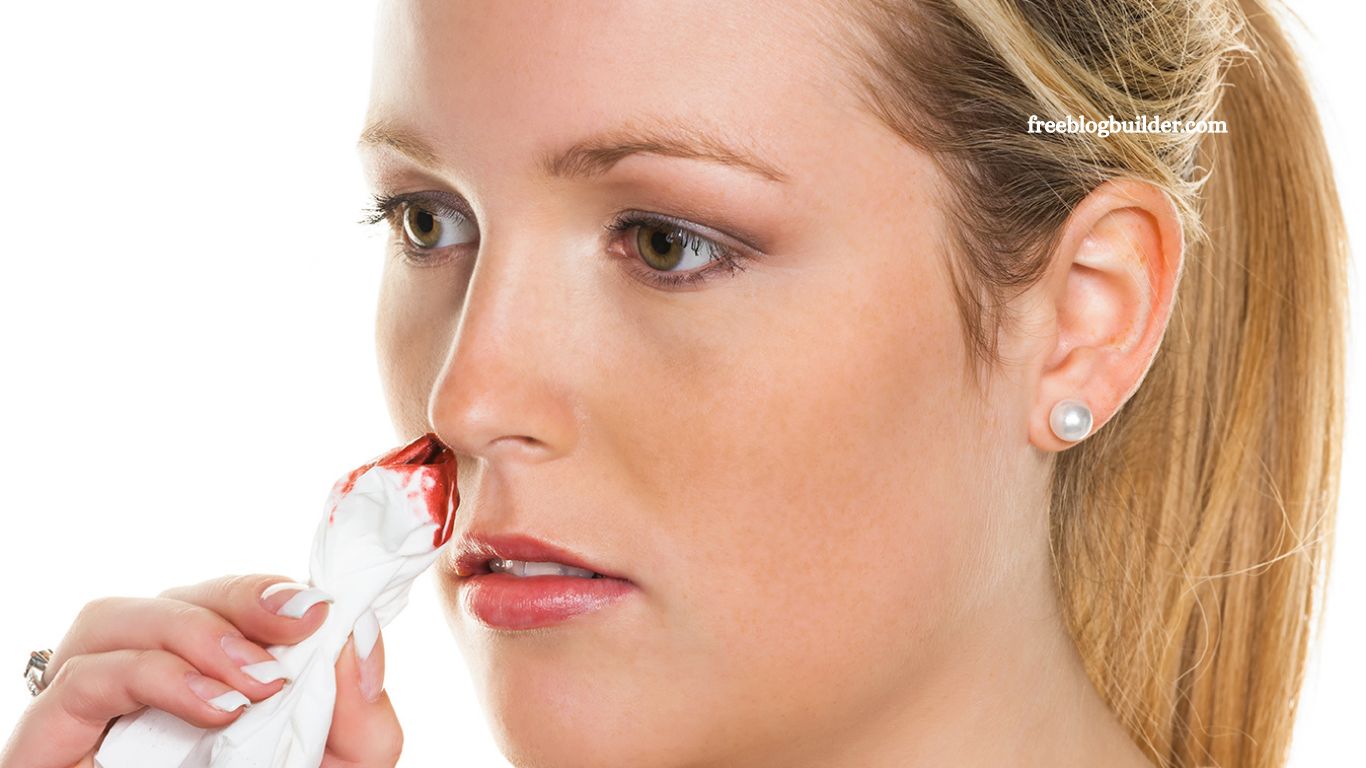A dry nose is a common and often frustrating symptom, especially during cold and allergy seasons. It can result from environmental factors like low humidity, excessive nose blowing, or certain medications. Fortunately, there are several simple and accessible home remedies that can help relieve nasal dryness and restore comfort.
Below are six evidence-informed and practical solutions to moisturize your nasal passages—plus a bonus tip to support your relief from the inside out.
Read More: Perimenopause: Early Symptoms to Watch For
Apply a Small Amount of Petroleum Jelly
Petroleum jelly is a simple and effective way to lock in moisture and protect the delicate skin inside your nose. Use a clean finger or cotton swab to apply a small dab to the inner lining of your nostrils. In small amounts, it is generally safe, even if some is ingested accidentally.
However, it should be used sparingly. Overuse or long-term application can pose risks, especially in individuals with chronic respiratory conditions. In rare cases, petroleum jelly can be inhaled into the lungs and cause a condition known as lipid pneumonia. If you have underlying lung issues, consult your doctor before using this method.
Run a Humidifier
Dry indoor air, especially during winter months or in air-conditioned environments, can contribute significantly to nasal dryness. Using a cool mist humidifier while you sleep helps maintain moisture in the air and soothe irritated nasal tissues.
For optimal results:
- Place the humidifier in the center of the room, away from furniture or electronics.
- Use distilled water to reduce mineral buildup.
- Clean the device regularly following the manufacturer’s instructions to prevent mold and bacteria growth.
Use a Saline Nasal Spray or Gel
Saline nasal sprays are non-medicated solutions that help hydrate nasal passages while flushing out allergens, dust, and other irritants. These can be used multiple times a day without the risk of dependency or rebound symptoms.
If you find the liquid form doesn’t last long enough, a saline gel may offer longer-lasting moisture. Avoid using medicated nasal sprays for dryness, as they may worsen the condition over time.
Try a Sinus Rinse (Nasal Irrigation)
Sinus rinses, such as those performed with a Neti pot or squeeze bottle, flush the nasal passages with a sterile saline solution. This method removes mucus, allergens, and irritants, offering both cleansing and hydration benefits.
Important: Always use distilled or previously boiled and cooled water. Tap water may contain microorganisms that could lead to serious infections. Clean the device thoroughly after each use to maintain hygiene.
Gently Wipe with Damp Tissues
A simple but often overlooked method is wiping the nostrils with a dampened tissue or cloth. Lightly moisten a soft tissue using a spray bottle filled with clean water, then gently clean the nasal openings. This can reduce dryness and prevent cracking.
Avoid fragranced baby wipes or products containing alcohol or other potential irritants. Stick to unscented and hypoallergenic options, or use plain water.
Use Steam or Enjoy a Sauna
Steam can offer temporary relief by moisturizing dry nasal passages and loosening any built-up mucus. You can:
- Take a steamy shower.
- Breathe in steam over a bowl of hot water (using a towel to trap the moisture).
- Enjoy a sauna session if accessible.
While effective for short-term relief, steam therapy should be part of a broader moisture-maintenance routine.
Bonus Tip: Stay Hydrated
Hydration plays a critical role in maintaining healthy mucous membranes. Drinking plenty of fluids—especially water and herbal teas—can help keep the inside of your nose naturally moisturized.
Aim to drink throughout the day, particularly if you’re ill, active, or in a dry climate. Your body will thank you from the inside out.
Frequently Asked Questions (FAQ)
What causes a dry nose?
Common causes include dry air, seasonal allergies, frequent nose blowing, certain medications, and medical conditions like Sjögren’s syndrome.
How often can I use saline sprays or rinses?
Saline sprays can be used several times daily as needed. Nasal rinses are generally safe for daily use, provided sterile water and proper hygiene are used.
Is petroleum jelly safe to use inside the nose?
In small amounts and for short-term use, yes. But avoid overuse and consult your doctor if you have a history of lung disease.
Can a dry nose lead to other health issues?
Yes. Chronic dryness can cause irritation, nosebleeds, and increased risk of infection. Keeping nasal passages moist supports your overall respiratory health.
Do humidifiers help prevent dry noses?
Absolutely. Especially in dry or heated indoor environments, they’re an excellent tool for preventing nasal dehydration.
Conclusion
A dry nose can be uncomfortable, but it’s often easy to treat with simple, at-home methods. From steam and saline sprays to humidifiers and hydration, consistent care can restore comfort and prevent complications. If symptoms persist despite these remedies, consult a healthcare provider to rule out underlying conditions.


